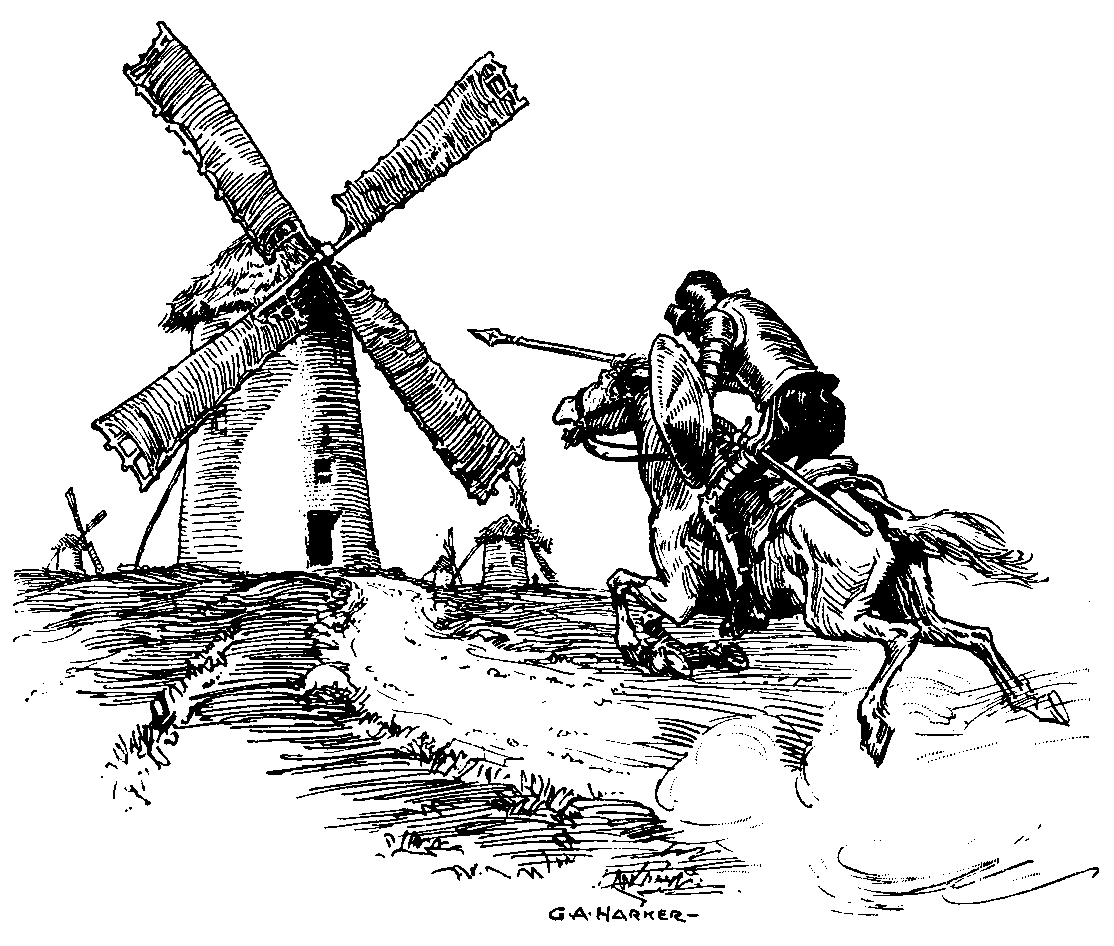The campus of Dartmouth College, where I was an undergraduate, has long been exclamatory in its architectural aspirations. This fall I had occasion to revisit it during the $50 million renovation of the school’s Hood Museum of Art by Tod Williams Billie Tsien Architects. Even before breaking ground, this renovation, set to open in early 2019, drew public scrutiny, since it includes the partial demolition of the award-winning 1985 museum building by Charles Willard Moore and Chad Floyd. Replacing Moore’s postmodern concoction with the lyrical brutalism of Williams-Tsien, this ostentatious enactment of burial and renewal speaks to the head-spinning shifts of the mercurial contemporary campus.
“The College on the Hill” of Hanover, New Hampshire, sited on a high plain along the Upper Valley of the Connecticut River, Dartmouth has evolved from a missionary outpost chartered in 1769 “to Christianize the heathen” into an elite but removed member of the laureled Ivy League. The college motto, Vox Clamantis in Deserto—“a voice crying out in the wilderness”—has likewise evolved from a passage from the Book of Isaiah, later recalled by John the Baptist, into an expression of the college’s own remote longings, which can be celebratory at times and resentful at others over its academic remove.
Throughout its long history, the architecture of the Dartmouth campus has pivoted around a five-acre open plot known as the Green, which was at one time the grazing land for the remote academic settlement. With the Federal-style Dartmouth Hall of 1784 on College Street to the east, the campus originally faced west, looking back over the Green and the Connecticut River. In 1839, Reed Hall, a neighboring Federal building designed in the dimensions of the Parthenon, housed the college’s first central library. Starting in 1884, Wilson Hall, a fanciful Romanesque pile south of the Green on Wheelock Street, began serving as a new and larger library facility as well as the college’s picture gallery. Finally, in 1928, the campus’s orientation pivoted again, this time to the north, with the completion of Baker Library.
With each of these turns around the Green, the college’s architecture added to the forms of what came before as it tracked the school’s rising stature. What was once an educational redoubt—“a small college, and yet there are those who love it,” as Daniel Webster said in defense of his alma mater in the Supreme Court case of Trustees of Dartmouth College v. Woodward of 1819—evolved into a venerable American institution.
Modeled on the Georgian design of Philadelphia’s Independence Hall, Baker Library, along with Dartmouth Hall, continues to serve as the architectural standard-bearer of the school. With its four-sided clock and bell tower, Baker represents the brains and heart of the institution, topping off at two hundred feet with a six-hundred-pound copper weather vane depicting the college’s founder, Eleazar Wheelock, with the Mohegan Samson Occom and a barrel of rum beneath the “Old Pine.” Just below, during trustee weekends, the elevated facets of Baker Tower are illuminated in green—a beacon in the color of the school now known during fundraising drives as the “money light.”
It is worthwhile here to note that the many traditional motifs brought to campus during this long period were revivalist forms incorporated by some of the leading architects of the day, such as Lamb & Rich and John Russell Pope. Their employment was supported by philanthropists with a deep engagement in art and architecture such as George Fisher Baker, a board member of the Metropolitan Museum, who dedicated his library as a memorial to his uncle Fisher Ames Baker. These commissions endured well into the age of the skyscraper. Beneath its traditional forms, Baker Library was built with the steel frame structure of a modern building.






